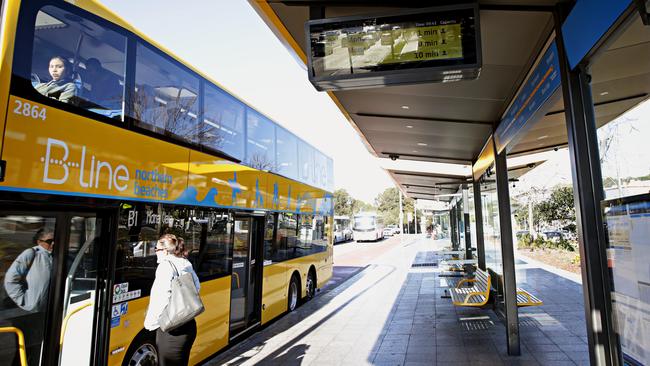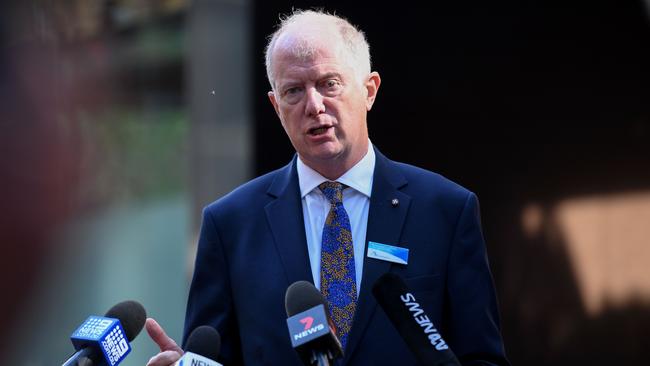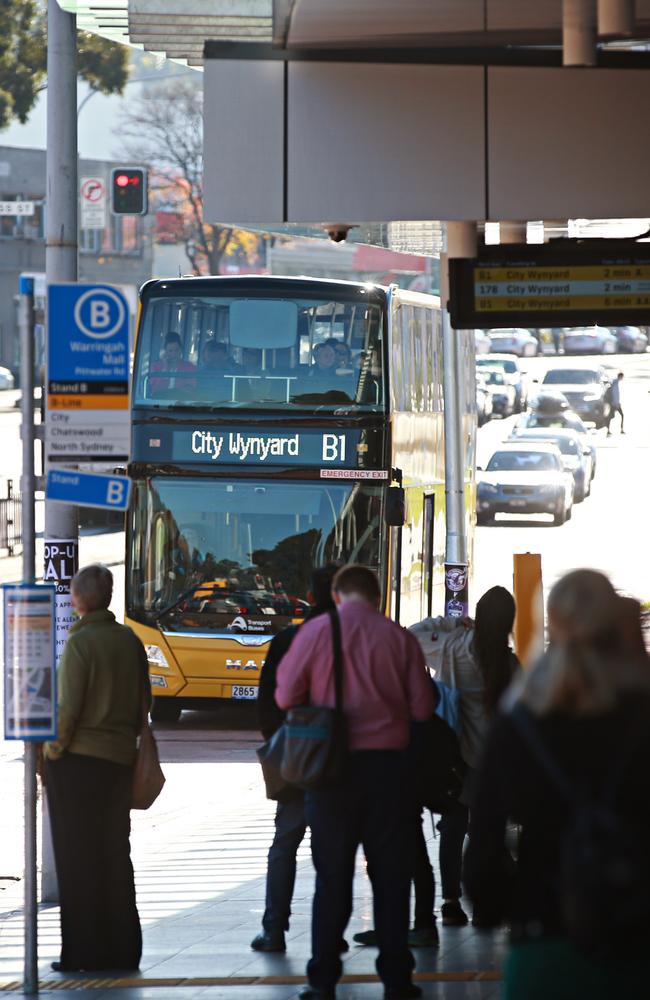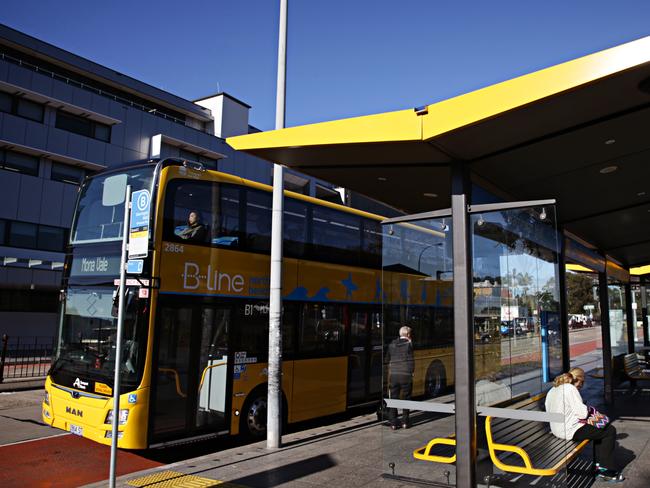Northern beaches: Cromer, Manly, Dee Why bus stops being removed
A number of bus stops will disappear across the peninsula as part of changes to bus services. But find out why it’s not all bad news for some commuters.

Manly
Don't miss out on the headlines from Manly. Followed categories will be added to My News.
- Inside vacant North Head military base for first time in 22 years
- More than 1000 NSW childcare centres not up to standard
New bus changes will see the loss of five bus stops on the northern beaches, a transport official has revealed.
Transport for NSW said the pay off is that the peninsula and lower north shore will see 2000 more services a week and more jobs for bus drivers.
Howard Collins, Transport for NSW chief operations officer said just five bus stops out of 1700 on the northern beaches and lower north shore will no longer be serviced by regular bus routes or school services.

“All bus stops where there have been route adjustments are within walking distance of at least one alternative bus stop served by other routes,” Mr Collins told the Manly Daily in an exclusive interview.
“While some customers will need to walk short distances, these alternative stops will provide them with more options and better services than before.”
The bus stops that are going are:
1. Middleton Rd at Thew Pl, Cromer (2099203). Current route 158
2. Middleton Rd at Dympna St, Cromer (2099184). Current route 158
3. Inman Rd before Orlando Rd, Cromer (2099185). Current route 158
4. Pacific Pde at Cassia St, Dee Why (209982). Current route 159
5. South Steyne opp Victoria Pde, Manly (209518). Current route 136
The first four stops closing all have less than one customer a day boarding a bus from them based on March 2019 Opal data.
The South Steyne bus stop has around 70 customers a day, but they will be able to use an alternative bus stop on Belgrave St.

The changes which come in mid-to-late December, will mean more people will have to transfer at ‘hubs’ such as Seaforth, Narrabeen, Warringah Mall, Dee Why and Manly Vale in order to get to the city, or to get the new express route to Chatswood.
A number of direct services to the city have been axed including the old L90 – named the 190X – from Palm Beach; the 189X from Bilgola Plateau and 171X from Balgowlah Heights, among others.
Mr Collins said the aim was to treat the B-Line corridor like a train line, with short, frequent bus feeder services to main stops along the route.
“One way to think about the new bus network we’re creating is the development of an integrated transport network, with the B-line corridor being a higher capacity, frequent service much like a train line, and with local services providing connections to it,” he said.

“If we take the existing rapid B-Line service as an example, it serves as a main ‘trunk’ route into which smaller, connecting lines from surrounding suburbs feed to get customers to and from the city as quickly and seamlessly as possible.
“The frequent network will expand on this concept, with local routes connecting to transfer hubs at key locations across the northern beaches and lower north shore, improving connections for customers travelling to the city and other major destinations across the region.”
While the number of buses will not increase, more bus drivers will be needed to run the extra services including new all-day frequent services operating every 10 minutes across most of the day, seven days a week, on selected routes across the region.
Mr Collins said State Transit is currently recruiting for drivers to deliver these extra services for customers.
Despite a request for a figure of how many new jobs will be created by the changes, no number was forthcoming.
“The changes we’re introducing today will create a dynamic network capable of adapting and evolving to meet future customer demand,” he said.
“We’ve looked at travel patterns from both pre-COVID-19 Opal data and Opal data during the current COVID-19 period to help plan the network, and will continue to ensure the network can respond effectively to where our customers are telling us they want to travel to and from, and at the times they want to travel.”

